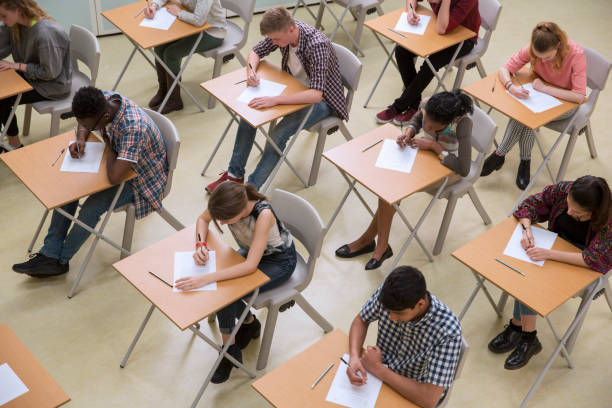Rethinking Environments & The Collaboration Challenge for Teachers
- Mar 7
- 3 min read
Updated: Apr 23

Last week in our Partners in Pedagogy Webinar, Anne Knock, PHD, shared some interesting provocations to consider as we rethink learning environments and their impact on teaching.
Learning environments are more than just spaces for students, they are also the working environments for teachers. And if we want true collaboration in education, we need to think beyond just designing shared teaching spaces.
Open, flexible classrooms sound like a dream, until the bookshelves start migrating, creating makeshift cubicles again. Has anyone else seen agile classrooms where teachers end up plastering posters all over the glass? Spaces alone don’t create collaboration; it’s how we work within them that matters.
Collaboration Needs Explicit Teaching
You can’t just put teachers in a shared space and expect magic to happen. Collaboration is a skill that requires time, trust, and, most importantly, explicit learning. If we want teams of teachers to work together effectively, they need the tools, structures, and shared understanding to do so.
The golden dream? A team of teachers co-teaching on the same page, philosophically, pedagogically, and practically. Sounds complex? That’s because it is. But it’s also necessary.
Annie Murphy Paul, in The Extended Mind, puts it perfectly:
"Individual cognition is simply not sufficient to meet the challenges of a world where information is so abundant, expertise is so specialised, and issues are so complex."
The time of one teacher, one classroom, and one subject is over. The industrial teaching model no longer serves the complexities of education, or the world.
How Do We Support and Upskill Teachers for Collaboration?
If we want genuine collaboration in teaching, we need to invest in explicitly developing this skill. Here are some key strategies to support teachers in making the shift:
1. Start with the ‘Why’
Before asking teachers to collaborate, they need a deep understanding of why it matters. Research from the World Economic Forum’s Future of Jobs Report highlights collaboration as one of the top skills for the future workforce. But collaboration isn’t just about working together, it’s about improving student outcomes, sharing expertise, and reducing teacher workload.
✅ Action Step: Engage teachers in professional discussions about the purpose of collaboration and its impact on learning. Use case studies, research, videos to spark conversations.
2. Develop Explicit Collaboration Skills
Collaboration doesn’t happen naturally; it must be explicitly taught and modelled. Studies on collaborative professionalism (Hargreaves & O’Connor, 2018) show that high-functioning teams have clear agreements, shared norms, and ongoing reflection on their practice.
✅ Action Step: Provide professional learning sessions on effective team dynamics, communication strategies, and co-teaching models. Help teachers recognise different stages of collaboration, from coexisting to cooperating, collaborating, and finally co-creating.
3. Establish Structures for Collaboration
Collaboration thrives when schools create time and space for it. The OECD’s Teaching and Learning International Survey (TALIS) found that in high-performing education systems, teachers have structured time for collaboration built into their schedules. Yet, in many schools, collaboration is expected but not formally supported.
✅ Action Step: Designate regular time in the timetable for collaborative planning and reflection. Provide protocols for structured conversations, such as using instructional rounds or lesson study models.
4. Shift Mindsets About Shared Spaces
Flexible learning spaces can be incredible environments for co-teaching and collaboration, but only if teachers are supported in how to use them. Without guidance, open spaces can quickly revert back to individualised teaching silos.
✅ Action Step: Facilitate workshops on working in shared spaces, covering everything from noise management to shared classroom responsibilities. Encourage teams to co-create agreements on how they will use the space effectively.
5. Model Collaboration at Every Level
If school leaders want teachers to collaborate, they need to model it themselves. Leadership that fosters a culture of trust, risk-taking, and shared learning sets the tone for collaboration to thrive.
✅ Action Step: School leaders should openly collaborate on decision-making, share their own learning journeys, and participate in professional learning alongside staff.
So, where will you begin? What steps can you take tomorrow to help your teachers build the skills, mindsets, and structures they need to collaborate effectively?
If you’d like to continue this conversation or explore practical ways to support your team, contact us at The EduShift Collective. We are here to transform education, together.
Mel Evans, Co-Founder, The EduShift Collective
.png)



Comments